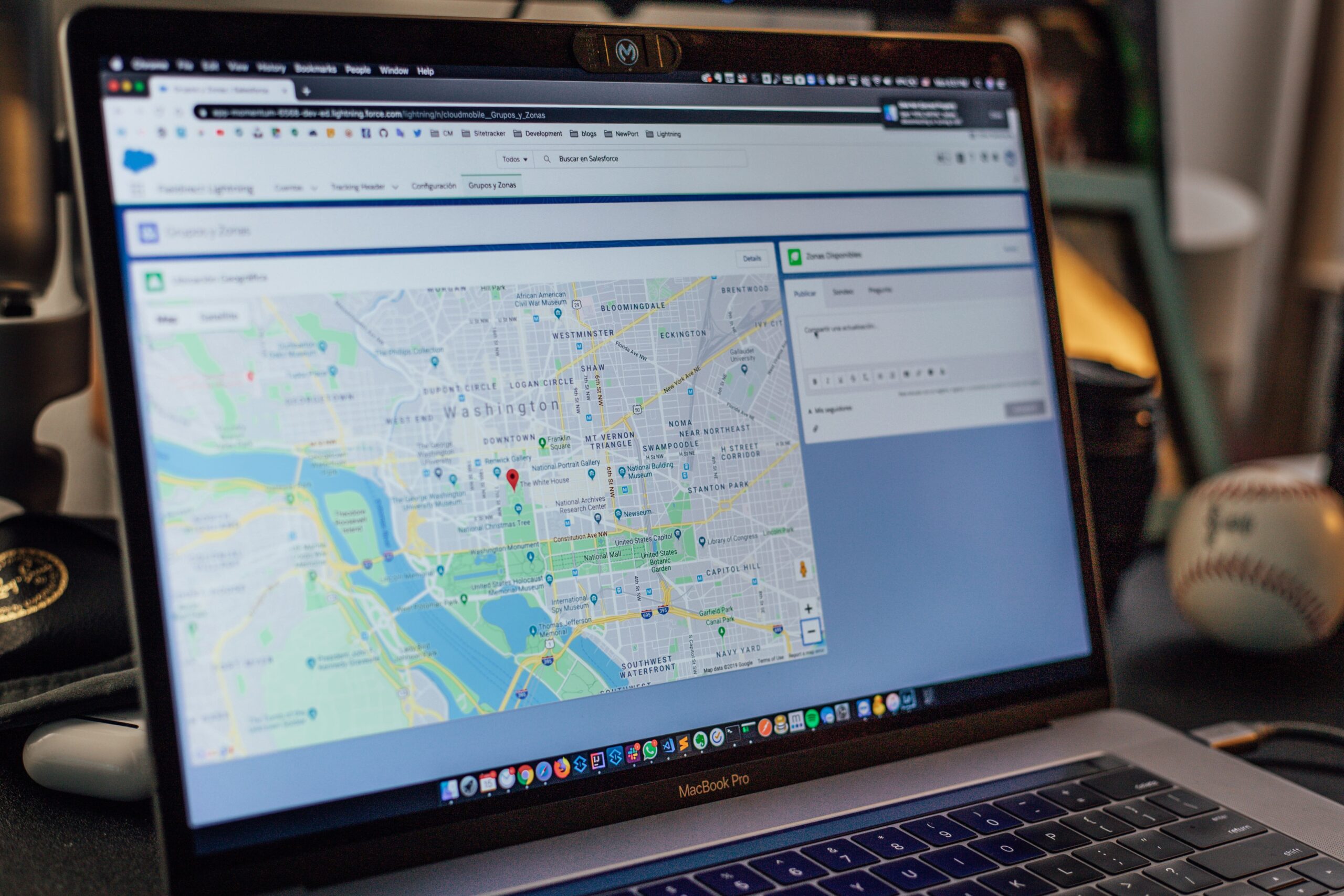Geomarketing: Maps and Analytics to Enhance Your Business with Territorial Data

The digitalized world has accustomed us to a highly useful application: maps. We use them every day in consumer contexts, but in the business world, the opportunities they open up are a true engine of innovation. At the core of this transformative power of georeferencing lies, as always, data, and leveraging it in the right way – through data mining techniques and visualization tools – means optimizing business activities to make them more targeted. Just as we find our destination on a map, in business, georeferencing allows us to focus on performance goals and make our strategy more flexible and responsive.
Georeferencing provides spatial context to data by associating information with specific geographical locations. Data analysis allows us to extract meaning from spatial coordinates, identifying recurring patterns, trends, and hidden relationships. Finally, interactive data visualizations offer a visual representation that facilitates understanding and interpretation of information. The combined use of these three components allows for the optimal utilization of territorial data, such as sales by geographic area, customer distribution, or population density. Is it challenging? Not if there are visual representations – like web apps and interactive dashboards – that make understanding and autonomous interaction with information easier, enabling simulation of scenarios and formulating predictions.
This approach can be applied in various domains. In marketing, for example, georeferencing enables reaching specific market segments based on their geographical location. Location information can be used to identify areas with high market potential, analyze consumer behavior based on location, and make decisions about the location of new sales points or company branches. In the real estate sector, georeferencing can be used to analyze property prices based on location, identify areas with high demand for real estate, or display information about past sales. In transportation and logistics, this technique helps monitor vehicle locations and analyze traffic data to optimize delivery routes and make delivery forecasts, enabling more efficient and fruitful customer relationship management. Georeferencing also allows monitoring field employees’ activities, such as sales agents or technicians, to improve resource planning and business productivity. Another example: identifying supplier locations, geographic traceability of products, and location-based logistics planning can help improve supply chain efficiency.
Beyond its numerous applications, another important aspect related to visualization platforms should not be overlooked: these apps are an effective sharing tool that allows data to move beyond the technical realm of IT or mere sales force and circulate among all company departments. The full value of data is unleashed when it becomes shared knowledge, transforming not just a single business area but the entire organization in its ways of doing and thinking, fostering a data-driven company mindset. Digital dashboards that visualize information also provide an excellent basis for facilitating dialogue between IT and top management – particularly the CEO and the finance function – once again linking data strategy to the overall business strategy to fully unleash its potential in terms of generating business.
A Concrete Case: Our Web App for Sales in the Retail Industry

The development of a georeferenced data visualization platform is at the heart of the project that Dune has implemented for a major client in the organized distribution sector. Visualization, graphical analysis, simulation, data analysis, and salesforce automation are the technologies implemented within the project aimed at guiding commercial intelligence and sales force strategies more effectively.
As explained by Chiara Puricelli, Senior Dune’s consultant, “This well-known brand in the retail sector asked us to develop a web app for strategic and geographic analysis of the territory to simulate the territorial coverage of sales points and the sales force on a digital map and to visualize the growth potential of each analyzed territorial area. The web app developed by Dune for geomarketing data analysis has allowed highlighting areas with the best performance for the opening of new sales points, while also monitoring areas occupied by competitors.”
The visualization tool developed by Dune shows the division of the territory into elementary commercial areas. The same platform serves as a graphic tool that allows the end-user (in this case, sales managers) to create new areas and calculate their marketing indicators (KPIs) based on the number and type of competitors, customers, and sales points within their boundaries. The web app also enables finding the nearest store for all Italian municipalities and zip codes, considering estimated travel time by car with average traffic and indicating the distance in kilometers. The business intelligence team can analyze all strategic indicators, perform simulations, and query tables on Big Query.
The offered interactive map combines functionalities such as the visualization of relevant entities present on the territory, along with their summary card; interactive filters (to produce results based on user selections, including graphical analysis); the ability to create new areas using drawing features and simulate a new territorial division; the capability to display the new areas on the map and save them in BigQuery for specific data analyses; and the option to launch algorithms to obtain suggestions for an optimal territorial division.
“The product we designed allows our client to be more targeted in their sales strategies,” declares Puricelli.
A Step Forward for Companies Becoming Data-Driven Companies

The same app described includes a functionality to support logistics, indicating to vehicles departing for deliveries the best route based on traffic conditions and other variables, demonstrating the potential that geomarketing also has for transportation and supply chain management.
Dune has developed other georeferenced applications to support sales functions in various industries. For a client in the energy sector operating in photovoltaics, for example, we created a web app that integrates with the CRM system to generate fast and accurate quotes. The app features an interactive map that, thanks to geographical data, can assess the presence of conditions for installing panels on building rooftops, along with estimated times and costs of the work. We developed a similar product for a company operating in construction.
In all these cases, we combine our expertise in designing visualization dashboards with the ability to integrate maps and other functions. In line with Dune’s core business, we bring our in-depth knowledge of the data world, adding analysis and simulation features to these web apps. The knowledge extracted from data is easily accessible through intuitive queries; in fact, end-users can use our interactive dashboards to independently make forecasts to base their strategies on.
Furthermore, the map can be flexibly redesigned by managers if there are changes in company objectives or the field context – such as the loss of attractiveness of a commercial area. In any case, data, analytics, and advanced visualizations allow for more accurate decision-making. This way, Dune’s technology supports companies in their journey to become data-driven companies.
Food for thought…
- Geocoding and Georeferencing of Addresses: A Brief Guide on Eurocities.org
- GeoSmartMagazine: The Website Devoted to Digital Innovation for Territorial Development
Interesting Podcast…
- Here’s a website dedicated to geolocation, with several podcasts discussing opportunities for businesses through Location-Based Business Intelligence
Leave a Reply